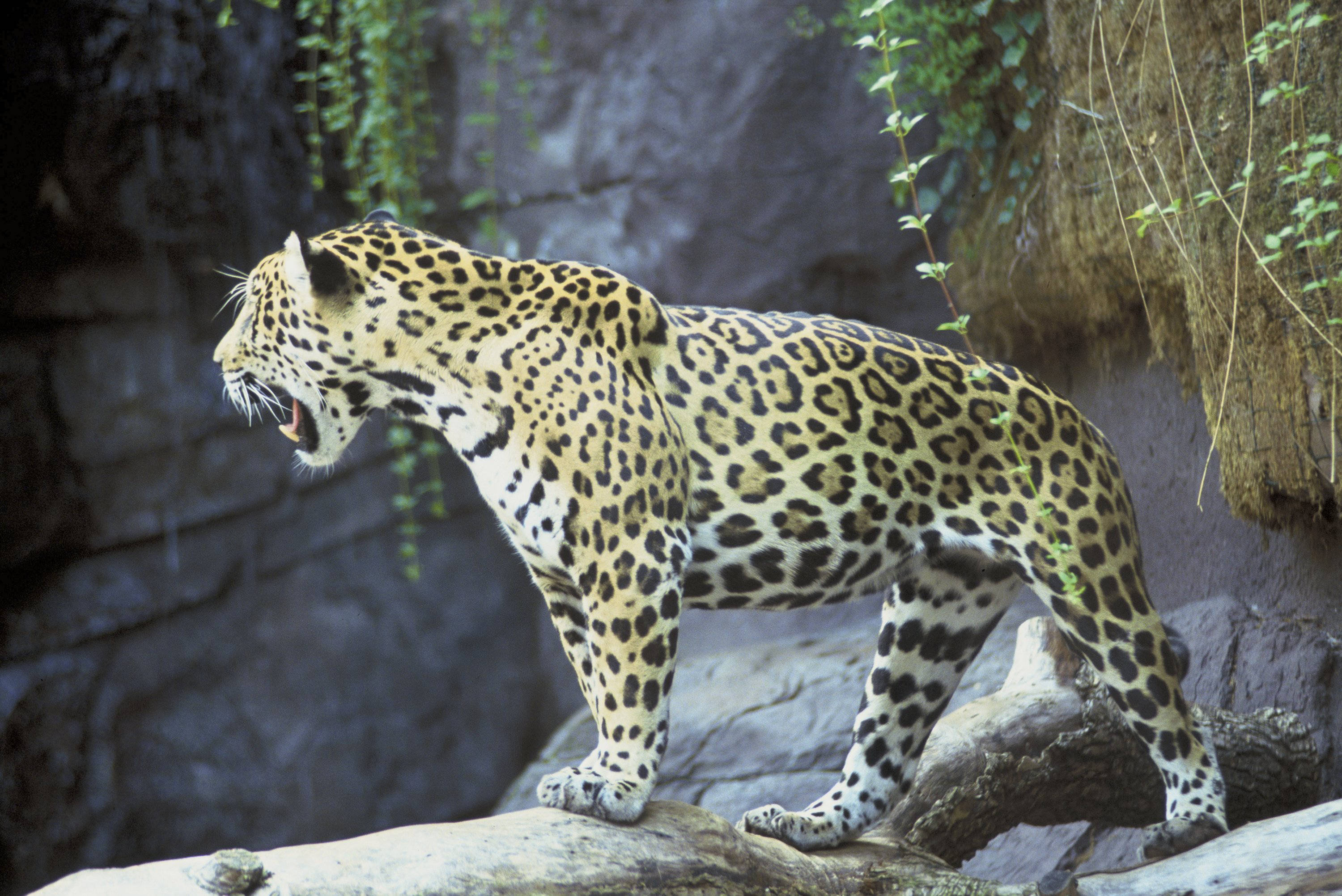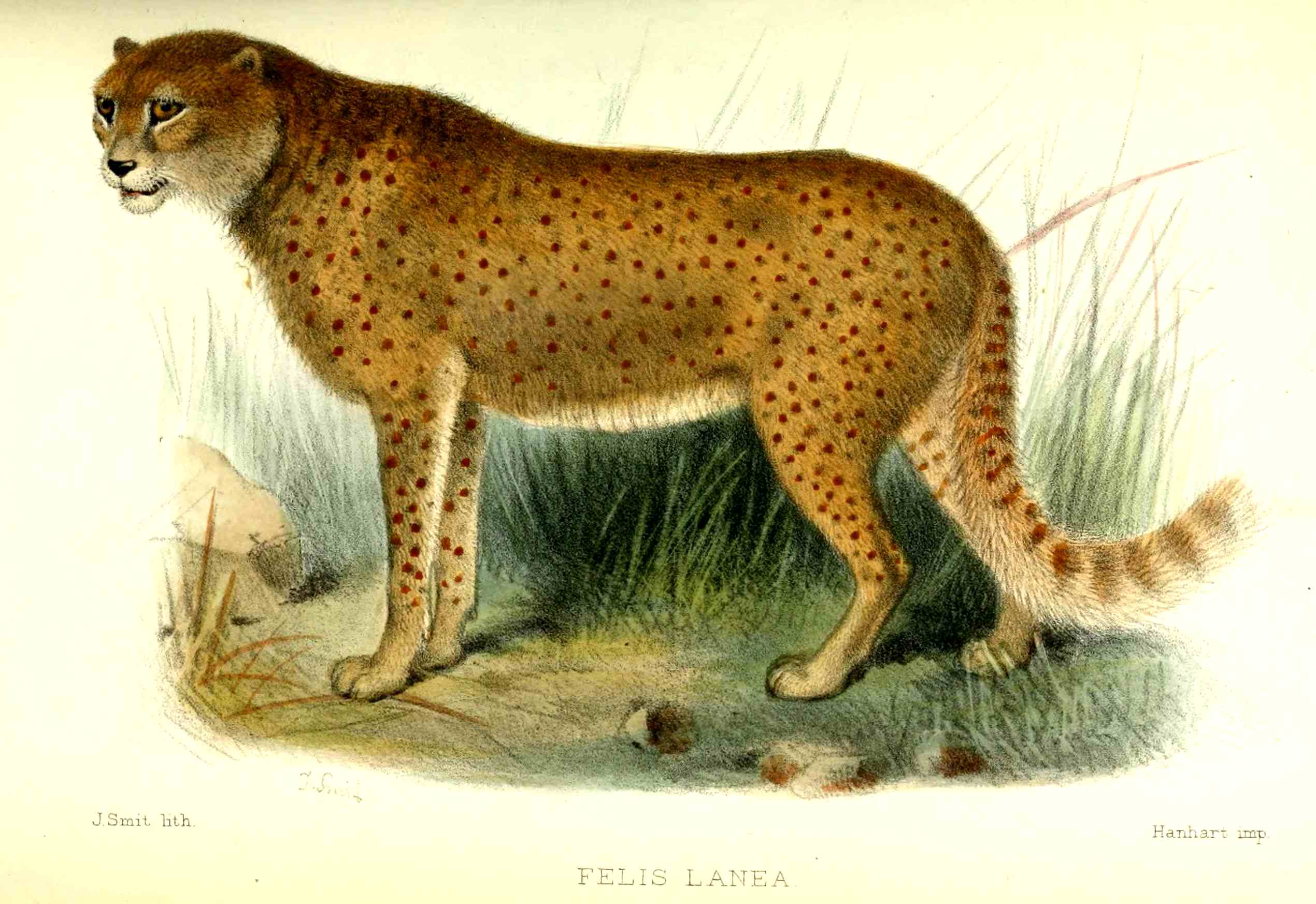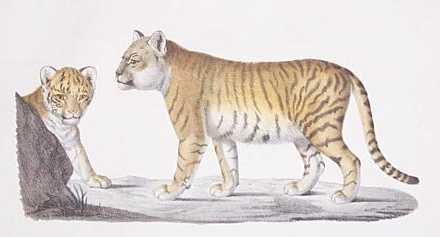|
Rosette (zoology)
A rosette is a rose-like marking or formation found on the fur and skin of some animals, particularly cats. Rosettes are used to camouflage the animal, either as a defense mechanism or as a stalking tool. Predators use their rosettes to simulate the different shifting of shadows and shade, helping the animals to remain hidden from their prey. Rosettes can be grouped in clusters around other spots, or may appear as blotches on the fur. Leopard The leopard (''Panthera pardus'') has a wide variety of coat coloration. On each color variation, the leopard has rosette patterns on their backs, flanks, and limbs. They also have patterns that are considered to be spots and not rosettes on their heads, stomach, and limbs. Jaguar Like the leopard, the jaguar (''Panthera onca'') has a wide variety of coat coloration. The jaguar can have a coat in colors ranging from white to black with the most common residing in brownish yellow area. These big cats have rosettes on their bodies in r ... [...More Info...] [...Related Items...] OR: [Wikipedia] [Google] [Baidu] |
Jaguar Animal Panthera Onca
The jaguar (''Panthera onca'') is a large cat species and the only living member of the genus '' Panthera'' native to the Americas. With a body length of up to and a weight of up to , it is the largest cat species in the Americas and the third largest in the world. Its distinctively marked coat features pale yellow to tan colored fur covered by spots that transition to rosettes on the sides, although a melanistic black coat appears in some individuals. The jaguar's powerful bite allows it to pierce the carapaces of turtles and tortoises, and to employ an unusual killing method: it bites directly through the skull of mammalian prey between the ears to deliver a fatal blow to the brain. The modern jaguar's ancestors probably entered the Americas from Eurasia during the Early Pleistocene via the land bridge that once spanned the Bering Strait. Today, the jaguar's range extends from core Southwestern United States across Mexico and much of Central America, the Amazon rai ... [...More Info...] [...Related Items...] OR: [Wikipedia] [Google] [Baidu] |
Cheetah
The cheetah (''Acinonyx jubatus'') is a large cat native to Africa and central Iran. It is the fastest land animal, estimated to be capable of running at with the fastest reliably recorded speeds being , and as such has evolved specialized adaptations for speed, including a light build, long thin legs and a long tail. It typically reaches at the shoulder, and the head-and-body length is between . Adults weigh between . Its head is small and rounded, with a short snout and black tear-like facial streaks. The coat is typically tawny to creamy white or pale buff and is mostly covered with evenly spaced, solid black spots. Four subspecies are recognised. The cheetah lives in three main social groups: females and their cubs, male "coalitions", and solitary males. While females lead a nomadic life searching for prey in large home ranges, males are more sedentary and instead establish much smaller territories in areas with plentiful prey and access to females. The cheetah is act ... [...More Info...] [...Related Items...] OR: [Wikipedia] [Google] [Baidu] |
Leopard Cat
The leopard cat (''Prionailurus bengalensis'') is a small wild cat native to continental South, Southeast, and East Asia. Since 2002 it has been listed as Least Concern on the IUCN Red List as it is widely distributed although threatened by habitat loss and hunting in parts of its range. Historically, the leopard cat of continental Asia was considered the same species as the Sunda leopard cat. As of 2017, the latter is recognised as a distinct species, with the taxonomic name ''Prionailurus javanensis''. Leopard cat subspecies differ widely in fur colour, tail length, skull shape and size of carnassials. Archaeological evidence indicates that the leopard cat was the first cat species domesticated in Neolithic China about 5,000 years ago in Shaanxi and Henan Provinces. Characteristics A leopard cat is about the size of a domestic cat, but more slender, with longer legs and well-defined webs between its toes. Its small head is marked with two prominent dark stripes and a s ... [...More Info...] [...Related Items...] OR: [Wikipedia] [Google] [Baidu] |
Bengal Cat
The Bengal cat is a domesticated cat breed created from a hybrid of the Asian leopard cat (''Prionailurus bengalensis''), with domestic cats, especially the spotted Egyptian Mau. The breed name comes from the leopard cat's taxonomic name. Bengals have a wild appearance; their golden shimmer comes from their leopard cat ancestry, and their coats may show spots, rosettes, arrowhead markings, or marbling. They are an energetic breed that needs much exercise and play. History Early history The earliest mention of an Asian leopard cat × domestic cross was in 1889, when Harrison Weir wrote of them in ''Our Cats and All About Them''. Bengals as a breed Jean Mill of California California is a U.S. state, state in the Western United States, located along the West Coast of the United States, Pacific Coast. With nearly 39.2million residents across a total area of approximately , it is the List of states and territori ... is given credit for the modern Bengal breed. She ... [...More Info...] [...Related Items...] OR: [Wikipedia] [Google] [Baidu] |
Tigon
A tigon (), tiglon () (portmanteau of ''tiger'' and ''lion''), or tion () is the hybrid offspring of a male tiger (''Panthera tigris'') and a female lion (''Panthera leo'').Techné v6n3 – Patenting and Transgenic Organisms: A Philosophical Exploration Scholar.lib.vt.edu. Retrieved on 17 September 2013. They exhibit visible characteristics from both parents: they can have both spots from the mother (lions carry genes for spots – lion cubs are spotted and some adults retain faint markings) and stripes from the father. Any mane that a male tigon may have will appear shorter and less noticeable than a lion's mane and is closer in type to the ruff of a male tiger. It is ... [...More Info...] [...Related Items...] OR: [Wikipedia] [Google] [Baidu] |
Liliger
The liliger is the hybrid offspring of a male lion (''Panthera leo'') and a female liger (''Panthera leo''♂ × ''Panthera tigris''♀). In accordance with Haldane's rule, male tigons and ligers are sterile, but female ligers and tigons can produce cubs. The first such hybrid was born in 1943, at the Hellabrunn Zoo. Description Male liligers are slightly larger than the females, and also sport a mane, a characteristic they share with male lions. While ligers often inherit the sandy coloring and stripes of its parentage, liligers often develop rosettes similar to a leopard. History According to ''Wild Cats of the World'' (1975) by C. A. W. Guggisberg, ligers and tigons were long thought to be sterile, but in 1943, a 15-year-old hybrid between a lion and an 'Island' tiger was successfully mated with a lion at the Munich Hellabrunn Zoo. The female cub, though of delicate health, was raised to adulthood. In September 2012, the Russian Novosibirsk Zoo announced the birth of a li ... [...More Info...] [...Related Items...] OR: [Wikipedia] [Google] [Baidu] |
Liger
The liger is a hybrid offspring of a male lion (''Panthera leo'') and a female tiger (''Panthera tigris''). The liger has parents in the same genus but of different species. The liger is distinct from the similar hybrid called the tigon, and is the largest of all known extant felines. They enjoy swimming, which is a characteristic of tigers, and are very sociable like lions. Notably, ligers typically grow larger than either parent species, unlike tigons.Ligers messybeast.com Retrieved 4 September 2012. History The history of lion-tiger hybrids dates to at least the early 19th century in . In 1798, |
Lion
The lion (''Panthera leo'') is a large Felidae, cat of the genus ''Panthera'' native to Africa and India. It has a muscular, broad-chested body; short, rounded head; round ears; and a hairy tuft at the end of its tail. It is sexually dimorphic; adult male lions are larger than females and have a prominent mane. It is a social species, forming groups called ''prides''. A lion's pride consists of a few adult males, related females, and cubs. Groups of female lions usually hunt together, preying mostly on large ungulates. The lion is an apex predator, apex and keystone predator; although some lions scavenge when opportunities occur and have been known to hunt Human, humans, lions typically don't actively seek out and prey on humans. The lion inhabits grasslands, savannas and shrublands. It is usually more diurnality, diurnal than other wild cats, but when persecuted, it adapts to being active nocturnality, at night and crepuscular, at twilight. During the Neolithic period, the li ... [...More Info...] [...Related Items...] OR: [Wikipedia] [Google] [Baidu] |
Margay
The margay (''Leopardus wiedii'') is a small wild cat native to Central and South America. A solitary and nocturnal cat, it lives mainly in primary evergreen and deciduous forest. Until the 1990s, margays were hunted illegally for the wildlife trade, which resulted in a large population decrease. Since 2008, the margay has been listed as Near Threatened on the IUCN Red List because the population is thought to be declining due to loss of habitat following deforestation. The scientific name ''Felis wiedii'' was used by Heinrich Rudolf Schinz in 1821 in his first scientific description of the margay, in honour of Prince Maximilian of Wied-Neuwied, who collected specimens in Brazil. Characteristics The margay is very similar to the larger ocelot (''Leopardus pardalis'') in appearance, although the head is a little shorter, the eyes larger, and the tail and legs longer. It weighs from , with a body length of and a tail length of . Unlike most other cats, the female possesses only ... [...More Info...] [...Related Items...] OR: [Wikipedia] [Google] [Baidu] |
Snow Leopard
The snow leopard (''Panthera uncia''), also known as the ounce, is a Felidae, felid in the genus ''Panthera'' native to the mountain ranges of Central Asia, Central and South Asia. It is listed as Vulnerable species, Vulnerable on the IUCN Red List because the global population is estimated to number fewer than 10,000 mature individuals and is expected to decline about 10% by 2040. It is threatened by poaching and habitat destruction following infrastructural developments. It inhabits Alpine climate, alpine and subalpine zones at elevations of , ranging from eastern Afghanistan, the Himalayas and the Tibetan Plateau to southern Siberia, Mongolia and western China. In the northern part of its range, it also lives at lower elevations. Taxonomy (biology), Taxonomically, the snow leopard was long classified in the monotypic genus ''Uncia''. Since Phylogenetics, phylogenetic studies revealed the relationships among ''Panthera'' species, it has been considered a member of that Genus ( ... [...More Info...] [...Related Items...] OR: [Wikipedia] [Google] [Baidu] |
Leopard
The leopard (''Panthera pardus'') is one of the five extant species in the genus '' Panthera'', a member of the cat family, Felidae. It occurs in a wide range in sub-Saharan Africa, in some parts of Western and Central Asia, Southern Russia, and on the Indian subcontinent to Southeast and East Asia. It is listed as Vulnerable on the IUCN Red List because leopard populations are threatened by habitat loss and fragmentation, and are declining in large parts of the global range. The leopard is considered locally extinct in Hong Kong, Singapore, South Korea, Jordan, Morocco, Togo, the United Arab Emirates, Uzbekistan, Lebanon, Mauritania, Kuwait, Syria, Libya, Tunisia and most likely in North Korea, Gambia, Laos, Lesotho, Tajikistan, Vietnam and Israel. Contemporary records suggest that the leopard occurs in only 25% of its historical global range. Compared to other wild cats, the leopard has relatively short legs and a long body with a large skull. Its fur is marked with rosett ... [...More Info...] [...Related Items...] OR: [Wikipedia] [Google] [Baidu] |
Jaguar
The jaguar (''Panthera onca'') is a large cat species and the only living member of the genus '' Panthera'' native to the Americas. With a body length of up to and a weight of up to , it is the largest cat species in the Americas and the third largest in the world. Its distinctively marked coat features pale yellow to tan colored fur covered by spots that transition to rosettes on the sides, although a melanistic black coat appears in some individuals. The jaguar's powerful bite allows it to pierce the carapaces of turtles and tortoises, and to employ an unusual killing method: it bites directly through the skull of mammalian prey between the ears to deliver a fatal blow to the brain. The modern jaguar's ancestors probably entered the Americas from Eurasia during the Early Pleistocene via the land bridge that once spanned the Bering Strait. Today, the jaguar's range extends from core Southwestern United States across Mexico and much of Central America, the Amazon rainfo ... [...More Info...] [...Related Items...] OR: [Wikipedia] [Google] [Baidu] |





.jpg)
